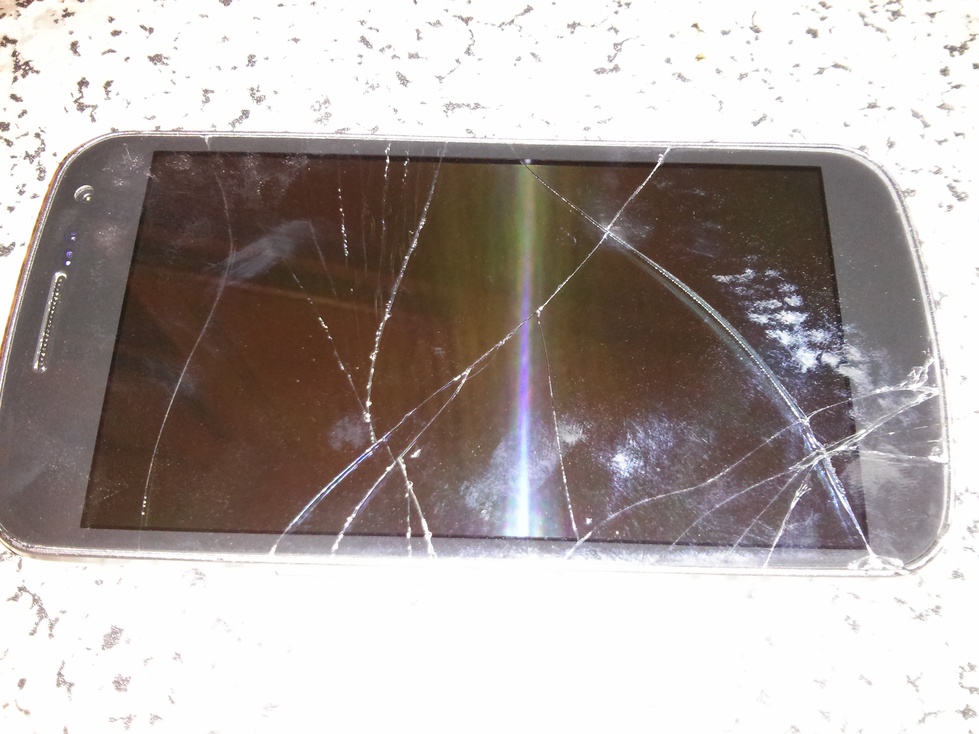I got married in April of this year. I'd like to share the tech we used to make planning and communicating a little easier. Then I will get all mushy at the end.
Project Management
Setting up any large social event takes a bit of planning. We were initially pretty overwhelmed by the amount of things that needed to be done (invitations, ceremony planning, cake tastings, music coordination, and the list goes on and on.) It felt like every time we talked with someone else, there was another thing to consider, and we figuratively chased our tails a lot. What's more, remembering key deadlines and keeping ourselves on track and motivated was pretty important.
So I thought to myself, "what tools do I know that can help with this?" We need some sort of tool to see what needs to be done and to keep us organized. Pivotal Tracker came to mind, but seemed a bit too geeky and software-specific.
Then I thought of Trello. That seemed lightweight enough, and would provide us with a good dashboard of what needed to be worked on. So step one was to take our list of tasks that started to pile up and put them into Trello.
The next step was figuring out what sorts of columns to do. After some experimenting, we went with the following, from left to right:
- two months after the wedding
- every month leading up to the wedding, in reverse chronological order
- what we are doing this week
- all done tasks
When a new task came to our attention, we tried to slot it based on the other tasks or when it really needed to be done by. For example, getting a dinner tasting needed to precede deciding which dinner options to choose. Then all tasks hopefully flowed from their month to "this week" or "done". When a given month was over, we could see what tasks still were not complete and to move them to the subsequent month.
